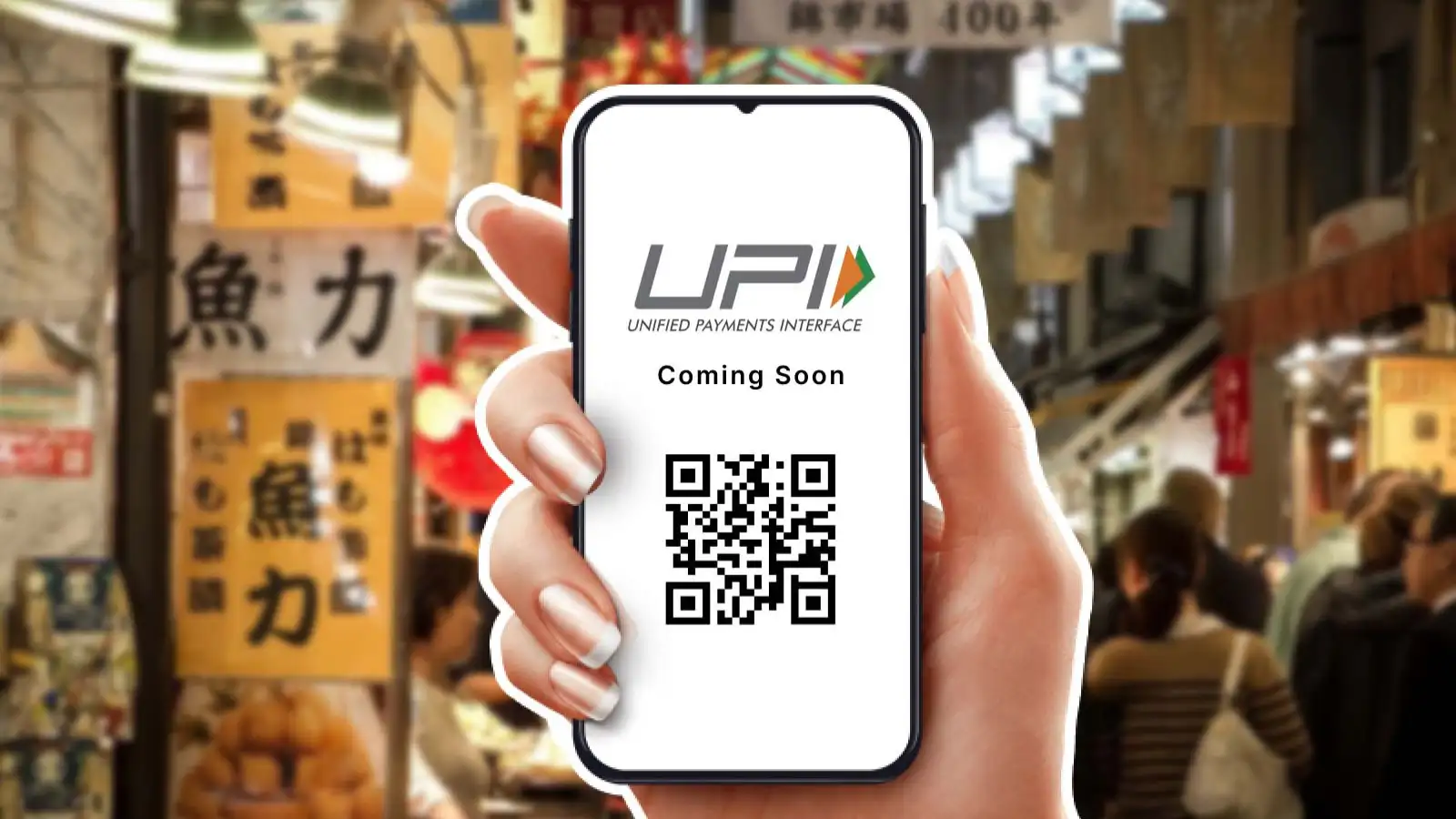India’s UPI Aims for Global Reach Amid Growth Challenges

India is set to significantly expand its Unified Payments Interface (UPI), aiming to onboard an additional 200 to 300 million users while promoting the platform for international adoption. The National Payments Corporation of India (NPCI) is spearheading this initiative, which includes innovative features designed to enhance accessibility for various demographics, including children and household staff. UPI has already transformed the payment landscape for over 450 million users, allowing seamless transactions without fees.
Expanding User Base and Features
The NPCI is focused on breaking the “cash memory” of millions of Indians by introducing delegated accounts that cater to those without traditional banking access. Dilip Asbe, the managing director and CEO of NPCI, emphasized the importance of these initiatives in making UPI more inclusive. The platform has revolutionized payment methods in India, enabling users to pay for everything from daily groceries to luxury items using their smartphones. With the ability to scan merchant QR codes, users can conduct transactions ranging from small amounts to as much as 500,000 rupees (approximately $5,817).
UPI’s rapid growth has positioned India as a leader in the global digital payments arena, accounting for nearly 46% of the world’s digital transactions. This surge is attributed to a staggering 90-fold increase in retail digital payments over the past 12 years. The Indian government, along with the NPCI and the Reserve Bank of India (RBI), is now looking to leverage this success by promoting UPI internationally. Asbe noted that the goal is to make remittances affordable and instantaneous for the Indian diaspora.
Global Outreach Initiatives
To facilitate UPI’s global expansion, the Indian government is collaborating with its embassies to promote the platform abroad. The RBI has also reached out to various countries to encourage adoption. In 2024, the Indian diaspora sent a record $129 billion back to India, marking the highest remittance figure recorded by any country in a single year, according to a World Bank report. Asbe highlighted that UPI could also assist in facilitating payments for Indians pursuing education overseas.
While the Indian government has successfully established partnerships with countries like Singapore and the United Arab Emirates, it faces challenges in penetrating markets in the West, including the UK, US, and Australia. Asbe acknowledged that these countries are at different stages of developing their real-time payment systems, which may slow down UPI’s international rollout.
Transaction Fee Debate and Future Viability
Despite the impressive growth of UPI, a looming challenge is the potential introduction of transaction fees for users. The Merchant Discount Rate (MDR), a fee charged to merchants for processing transactions, has been a contentious topic. Initially set at 30 basis points, the government waived this fee in 2020 to accelerate UPI adoption. However, as operational incentives for merchants have significantly decreased, industry bodies are advocating for the reinstatement of transaction fees.
A recent survey revealed that 73% of UPI users would discontinue using the service if transaction fees were implemented, raising concerns about the platform’s future growth. Asbe stated that the UPI ecosystem is collaborating with the government and RBI to explore options for creating a sustainable model, which may include a nominal fee for larger merchants. The outcome of this debate will be crucial in determining UPI’s trajectory in the coming years.
Observer Voice is the one stop site for National, International news, Sports, Editor’s Choice, Art/culture contents, Quotes and much more. We also cover historical contents. Historical contents includes World History, Indian History, and what happened today. The website also covers Entertainment across the India and World.

